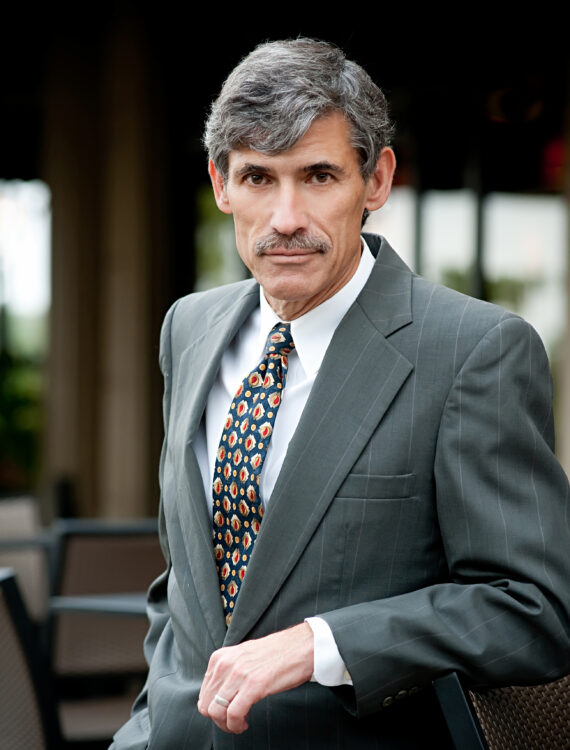Study: A Fairer Way to Cut Global CO2 Emissions
By Bryan Walsh
At the end of the year, governments from around the world will meet in Copenhagen hopefully to hammer out a new treaty — the successor to the Kyoto Protocol, which expires in 2012 — to reduce global greenhouse-gas emissions. Their lack of time aside, diplomats face a very large, very immovable hurdle on the way to a new Kyoto.
Developed countries like the U.S., which refused to ratify the original treaty, are responsible for most of the CO2 in the atmosphere — and more than a century of industrialization has helped make them rich — which would indicate that they should shoulder the lion’s share of future emissions reductions. But fast-growing developing nations like China, which has already passed the U.S. as the world’s top carbon emitter, will be responsible for the majority of future emissions, so any global treaty that completely exempted them would be worthless. That debate — or standoff, really — has all but paralyzed global climate-change negotiations over the past several years. (See pictures of Beijing’s attempt to clean up its air.)
Now a new paper published in the July 6 Proceedings of the National Academy of Sciences (PNAS) by a team of researchers at Princeton University offers a possible way out of the diplomatic dead end. Instead of simply considering carbon emissions on a national or per capita level, the Princeton team proposes a more granular system of climate accounting that would examine the range of individual emissions within countries. Thanks to economic growth, there are well-off people in almost every nation in the world — and the global middle class and wealthy, in India or Indiana, are responsible for most of the carbon emissions heating up the planet. "By taking this down from nations to the level of the individual, it provides a better mechanism for figuring out how to fairly distribute global emission reductions now and in the future," says Shoibal Chakravarty, a physicist at the Princeton Environmental Institute and a lead author of the PNAS paper.
Chakravarty and his colleagues crunched total carbon emissions and income distribution from each country to estimate the emissions of individuals in each nation. For example, Australia and France have similar income levels — but because Australia uses more carbon-heavy fuels like coal, there are more Australians than French producing high levels of carbon emissions (above 10 metric tons of CO2 a year). The researchers then compiled those numbers to get a global estimate of how carbon emissions are distributed individually; unsurprisingly, about half of the world’s emissions in 2008 came from the planet’s 700 million richest people. (See the top 10 green stories of 2008.)
Those numbers could be used by governments to establish a pathway for future emissions reductions. Suppose, for example, we wanted to hit a global emissions target of 30 billion metric tons of CO2 in 2030, or about a 30% cut from the business-as-usual forecast of 42 billion metric tons. That would translate to a global individual emissions cap of 10.8 metric tons of CO2, which 1.13 billion people — less than 15% of the global population in 2030 — would exceed. Emissions-reduction efforts would focus on the well-off people above the cap, whatever country they live in. That lets the global poor continue to use cheap fossil fuels to help lift themselves out of poverty — countering the argument that cutting carbon emissions will disproportionately hurt the poor. "The result is you decouple poverty reduction from averting global climate change," says Chakravarty.
Ultimately, the Princeton plan would still require rich, developed nations like the U.S. to make the sharpest emissions cuts, largely because they have the most well-off people and the biggest individual carbon emitters. And the study doesn’t take into account the carbon that is embedded in imports and exports in global trade. But big developing nations like China — with its rising middle class — won’t be let off the hook either. "We think this represents a nice path for distributing the share of the work of cutting emissions between countries," says Chakravarty. The Copenhagen negotiations will be hard fought, but the Princeton paper offers hope that we can find a fair way to climate justice, when every person on the planet will have their fair share of the atmosphere.












